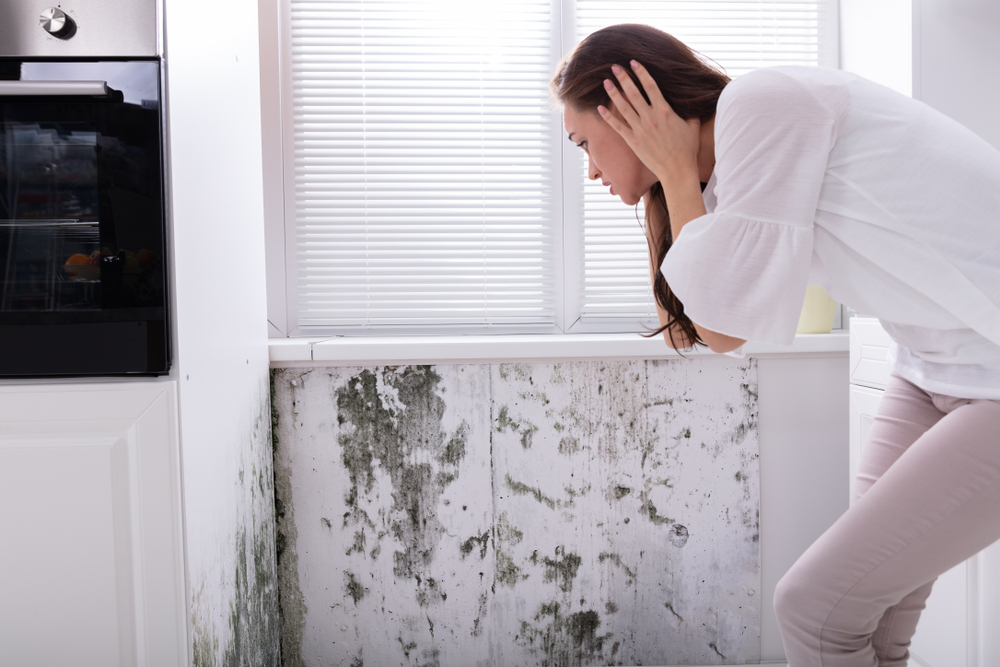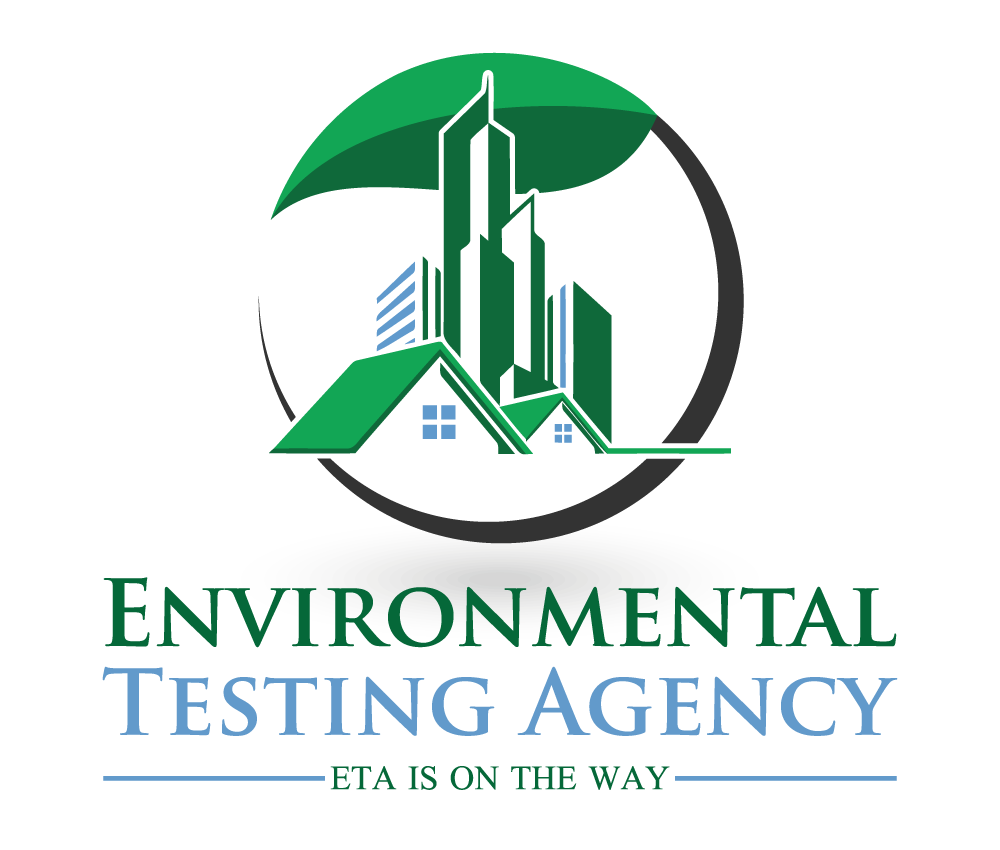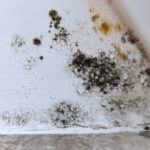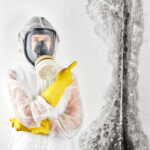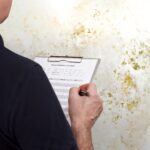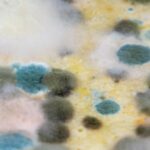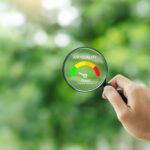Mold Allergy – Symptoms, Causes, Health Risks & Prevention
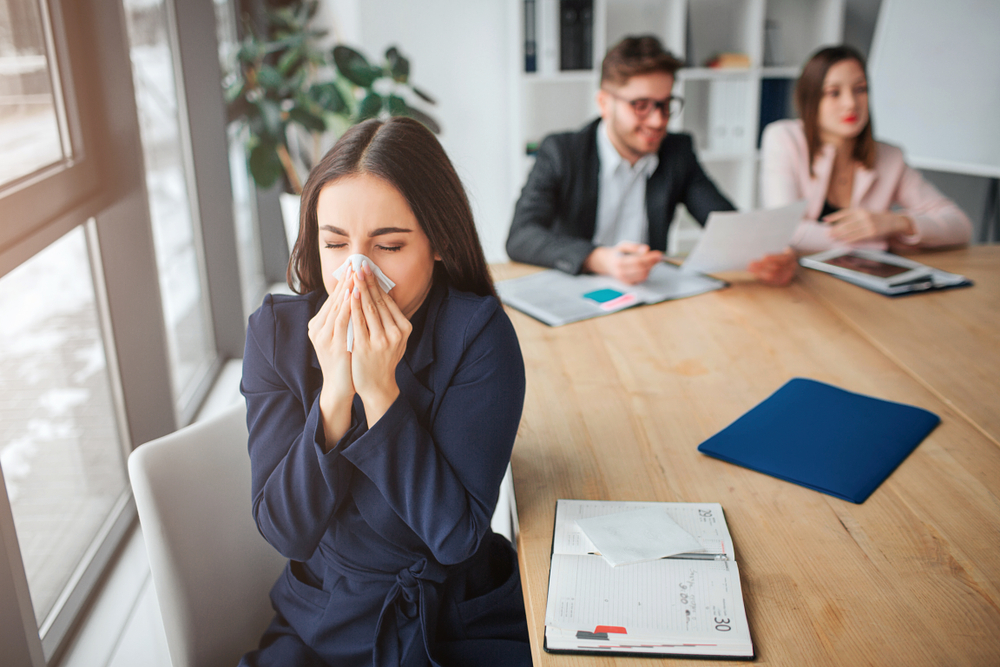
Mold allergy can be the cause of many health problems, especially for people with allergies or asthma. It tends to grow in damp, warm places like basements, bathrooms, or even outside. You might spot mold as fuzzy or slimy patches in colors like black, green, or white. It often smells musty or earthy, like old leaves or wet wood.
If you notice a strange smell or moldy spots in your home, it’s important to understand how it can affect your health. Mold can trigger allergies and make asthma worse. In this blog, we’ll cover what mold allergy is, their symptoms and causes, and offer tips for managing and preventing them. We’ll also advise on when to see a doctor. With this info, you can minimize mold’s impact on your health and create a safer, more comfortable home. Let’s take a look at Mold Allergy Common Symptoms and Causes You Should Know.
What is a Mold Allergy?
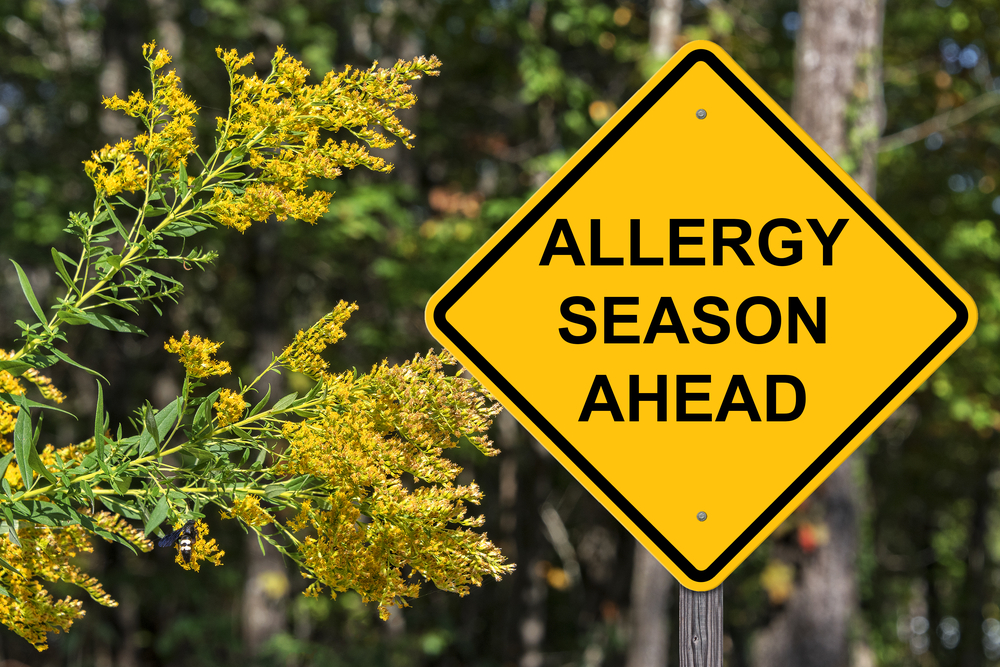
A mold allergy happens when your body reacts to mold spores as if they were harmful substances. Mold releases these tiny, lightweight particles to reproduce, and you can find them both indoors and outdoors. When you breathe in these spores or they touch your skin, your immune system might overreact.
In someone with a mold allergy, the immune system mistakes these spores for a threat and releases chemicals like histamines to fight them off. This reaction leads to symptoms like itching, a stuffy nose, or watery eyes. So, your body is basically overreacting to something that’s usually harmless to most people.
Understanding how your body reacts to mold can help you take steps to reduce your exposure and manage your symptoms, making it easier to feel comfortable in your home and daily life.
Common Symptoms of Mold Allergy
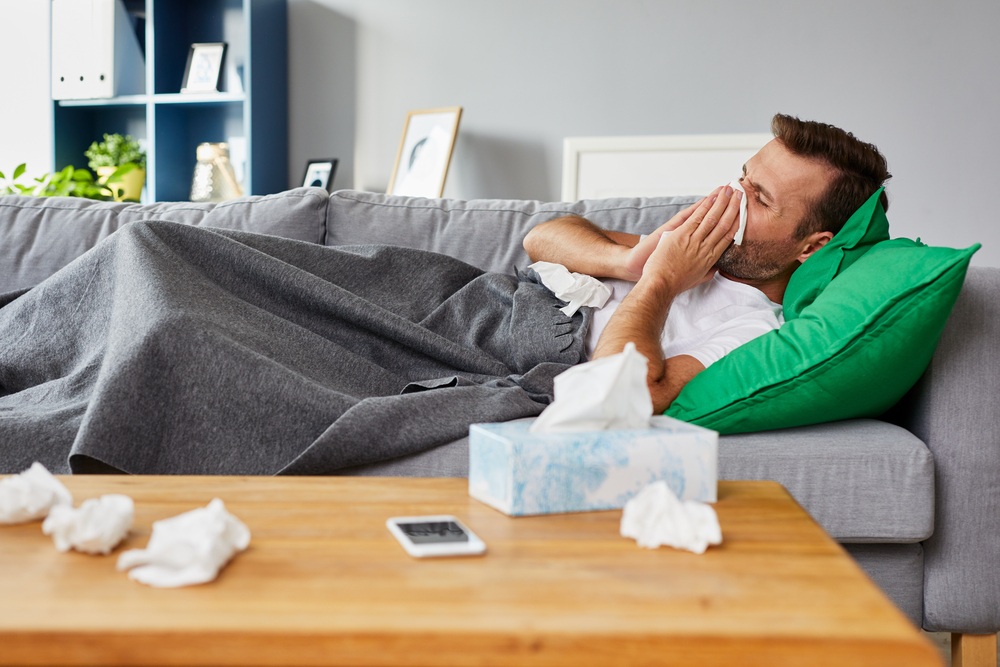
If you’re dealing with a mold allergy, you might notice several uncomfortable symptoms. Here’s what you might experience:
- Runny or Stuffy Nose: You might find yourself reaching for tissues more often than usual.
- Itchy Eyes, Nose, or Throat: These areas can feel scratchy and uncomfortable.
- Watery Eyes: Your eyes might tear up more than normal.
- Skin Rashes or Irritation: Mold can sometimes cause your skin to break out or feel irritated.
- Wheezing or Difficulty Breathing: This can be especially troubling for people with asthma, making it hard to breathe comfortably.
- Sneezing: Frequent sneezing can be a sign of mold allergies.
- Coughing: You might find yourself coughing more often, especially if mold is affecting your respiratory system.
- Headaches: Some people experience headaches as a reaction to mold exposure.
- Fatigue: Feeling unusually tired or drained can also be a symptom.
Symptoms can differ from person to person. Some might experience just a few mild symptoms, while others could have a more intense reaction.
Mold allergy symptoms can appear throughout the year or get worse during certain seasons. They might increase when the weather is damp or in places with high mold levels, like basements, bathrooms, or compost piles. Understanding when and where symptoms get worse can help you manage your allergy and find relief more effectively.
Causes of Mold Allergy

Mold allergies happen when tiny particles called mold spores enter your body, either through the air or by touching your skin. These spores come from mold and, if you have an allergy, your immune system mistakenly thinks they’re harmful. This reaction causes the typical allergy symptoms.
Mold loves to grow in damp and warm places. Here are some common spots where you might find it:
- Damp Basements: Basements are often cool and humid, making them perfect for mold.
- Bathrooms: Steam and moisture from showers and sinks create an ideal environment for mold.
- Kitchens: Cooking can produce steam and moisture that mold finds attractive.
- Areas with Leaks or Flooding: Water damage from leaks or floods can lead to mold on walls, floors, and ceilings.
- Outdoor Spaces: Compost piles and moist soil are also common places where mold can spread.
Knowing where mold tends to grow can help you reduce your exposure and better manage your allergy symptoms.
How Mold Allergy is Diagnosed

To diagnose a mold allergy, your doctor will first review your symptoms and any mold exposure. They might recommend one or both of the following tests:
- Skin Prick Test: A small amount of mold allergen is placed on your skin, which is then pricked with a needle. If you’re allergic, you’ll develop a small bump at the test site.
- Blood Test: This measures the level of specific antibodies (IgE) in your blood that react to mold allergens.
These tests help identify whether mold is the cause of your symptoms and guide your treatment plan. If you suspect you have a mold allergy, talking to an allergist can help you get an accurate diagnosis and the right care.
Types of Mold That Trigger Allergies
Certain types of mold can trigger allergic reactions. Here’s a quick look at some of the most common ones:
- Cladosporium: This mold often shows up as dark green or black patches. It’s typically found on damp surfaces like wood or fabrics and can easily spread through the air.
- Aspergillus: Aspergillus comes in different colors, including green, yellow, and brown. It grows on decaying organic matter and in poorly ventilated areas.
- Penicillium: With its blue or green color, Penicillium is commonly found on food, in water-damaged buildings, and in soil. It has a distinctive musty smell.
- Alternaria: This mold is usually dark brown or black and prefers outdoor spots like soil and compost piles. However, it can also grow indoors in damp areas.
Risk Factors
Certain things can make you more likely to develop mold allergies:
- Living in a Humid or Damp Environment: If your home has high humidity or damp areas, it can encourage mold growth, increasing your chances of allergies.
- Family History of Allergies or Asthma: If allergies or asthma run in your family, you might be more prone to mold allergies too.
- Exposure to Mold: Spending time in places with visible mold, like damp basements or bathrooms, can put you at risk.
- Poor Ventilation: Homes or buildings with bad airflow can trap moisture and mold, which can lead to allergies.
- Exposure to Excess Moisture: Buildings that have had leaks, floods, or high humidity are more likely to have mold, raising the risk of allergy issues.
Being aware of these risk factors can help you take steps to prevent mold allergies.
Health Issues from Mold Exposure
Mold exposure can lead to a range of health issues, from minor discomforts to more serious conditions. Here’s a straightforward look at what might happen:
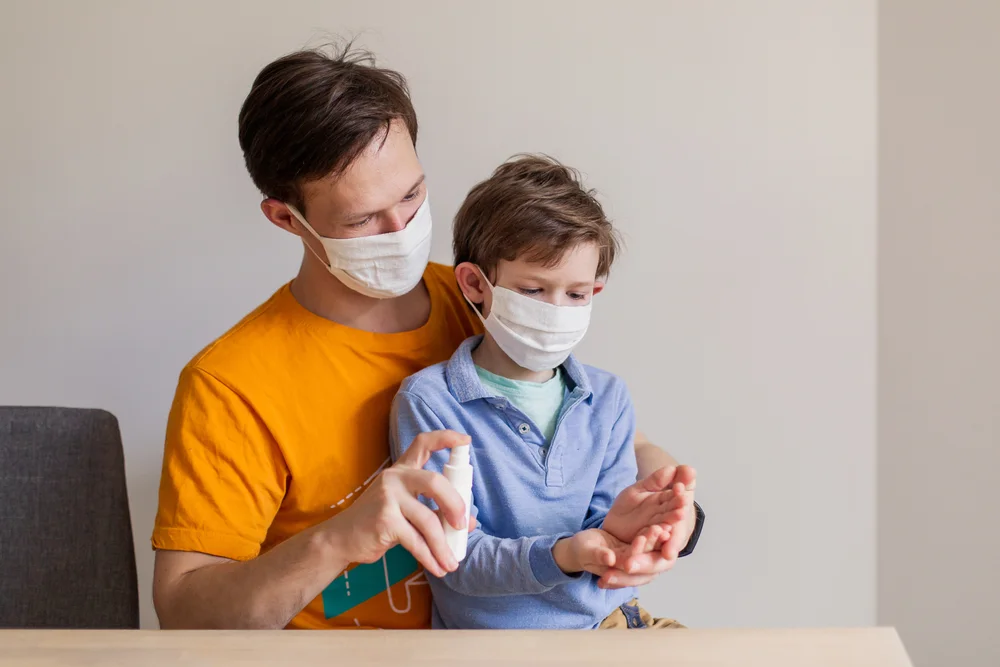
Mild Allergic Reactions: You might experience sneezing, itchy eyes, or a runny nose. These symptoms can be bothersome but are usually manageable with common medications from the pharmacy and by staying away from moldy areas.
Severe Allergic Conditions: For some people, mold exposure can lead to more serious health problems, such as:
- Mold-Induced Asthma: Mold spores can make asthma symptoms worse, causing wheezing, coughing, and trouble breathing.
- Allergic Fungal Sinusitis: This causes inflammation and swelling in the sinuses, which can lead to nasal congestion, facial pain, and a decreased sense of smell.
- Allergic Bronchopulmonary Aspergillosis: This rare condition involves the immune system reacting strongly to Aspergillus mold, resulting in a chronic cough, shortness of breath, and lung inflammation.
- Hypersensitivity Pneumonitis: Inhaling mold spores can cause inflammation in the lungs, leading to symptoms like fever, chills, and a dry cough. If not treated, this can cause long-term lung damage.
Chronic Illnesses Linked to Mold
- Chronic Bronchitis and Asthma: Persistent respiratory issues from long-term mold exposure
- Chronic Sinusitis: Frequent sinus infections and headaches
- Mold Toxicity: Fatigue, joint pain, and memory problems in severe cases
Other Health Risks:
- Infections: Mold can sometimes cause infections, especially in people with weakened immune systems or existing lung conditions.
- Immunocompromised Individuals: Those with weakened immune systems are at greater risk for serious health problems from mold exposure, as their bodies may struggle to fight off infections and inflammation.
Knowing about these potential issues can help you take steps to reduce mold exposure and protect your health. If you experience severe symptoms or complications from mold, it’s important to get medical advice.
When to See a Doctor

If you’re struggling with mold allergy, there are some clear signs that it’s time to get medical help:
Symptoms Don’t Improve or Get Worse: If you’re still sneezing, feeling congested, or dealing with itchy eyes even after trying home remedies, a doctor can offer a more detailed check-up.
Breathing Problems or Asthma Issues: If you’re having trouble breathing or your asthma seems to be getting worse, it’s important to see a doctor right away. Mold can really affect your breathing, and a professional can help manage these issues.
Seeing a doctor can help you get a proper diagnosis and find the best treatments to manage your mold allergies and keep your symptoms under control.
Mold Exposure Prevention
Here are some easy ways to keep mold out of your home:
- Fix Leaks Right Away: If you see any leaks in your pipes, roof, or walls, fix them as soon as possible. Leaks can quickly lead to mold problems.
- Keep Humidity Under 50%: Use dehumidifiers and air conditioners to keep humidity low. This helps stop mold from growing.
- Clean High-Risk Areas Regularly: Frequently clean places where mold likes to grow, like bathrooms, kitchens, and basements. Use cleaning products designed to kill mold.
- Ventilate Your Home Well: Make sure bathrooms, kitchens, and basements are well-ventilated. Use exhaust fans or open windows to reduce moisture.
- Use HEPA Air Purifiers: Air purifiers with HEPA filters can catch mold spores and other allergens, helping to keep the air in your home clean.
- Schedule Regular Mold Inspections and Testing: It’s a good idea to have a professional check your home for mold every now and then. This way, you can catch any issues early and stop mold from turning into a bigger problem.
By following these steps, you can greatly lower the chances of mold growing and keep your home healthier.
Treatment Options
If you’re struggling with mold allergy, here are some treatments that might help you feel better:
- Antihistamines: These medicines can help with sneezing, itching, and a runny nose by blocking the chemicals that cause these symptoms during an allergic reaction.
- Nasal Corticosteroids: These sprays reduce inflammation in your nasal passages, which can help with congestion and other allergy symptoms.
- Decongestants: These can help clear up nasal congestion by shrinking the blood vessels in your nose, making it easier to breathe.
- Allergy Shots (Immunotherapy): For more severe cases, allergy shots might be an option. They work by gradually reducing your sensitivity to mold allergens, which can help lessen your symptoms over time.
These treatments can help manage your mold allergy symptoms and improve your comfort. If the medications you can buy without a prescription aren’t working for you, talking to a healthcare provider can help you find the right treatment plan.
Make sure to contact professionals so they can inspect your home and search for any potential allergens, such as mold, lead or asbestos. Avoid experiencing mold allergy symptoms with a clean house with a mold inspection by ETA Team, securing your family safety.
Mold Allergy FAQs
Can mold cause sinus infections?
Yes, mold can irritate your sinuses and lead to infections, especially if you have a mold allergy. You might experience symptoms like a stuffy nose, facial pain, and sinus pressure.
How long can mold stay in your body?
Mold spores don’t stay in your body long, but the allergic reactions they cause can continue as long as you’re exposed to mold. To ease symptoms, it’s important to get rid of mold in your environment.
Can mold on bread make you sick?
Yes, eating moldy bread can make you sick. Mold produces toxins that can cause stomach problems or allergic reactions. It’s best to avoid eating food that’s moldy.
What are the long-term effects of mold exposure?
Long-term exposure to mold can lead to ongoing respiratory problems, like asthma or chronic sinus infections. In serious cases, it might contribute to conditions like allergic fungal sinusitis or hypersensitivity pneumonitis.
Can mold cause headaches?
Yes, mold can cause headaches. It can irritate your sinuses and cause breathing problems, which might lead to headaches.
Can mold cause cancer?
There’s no clear link between mold and cancer, but some molds produce toxins that could be harmful in high amounts. Long-term exposure to high levels of mold can lead to various health issues, so it’s important to address mold problems quickly.
How to test if your house is making you sick?
If you think your home might be affecting your health, get a mold inspection by a professional. They can check for mold and moisture problems. Also, keep track of your symptoms and talk to your doctor to see if mold could be the cause.
Does allergy cause shortness of breath?
Yes, allergies, including those from mold, can cause shortness of breath, especially if you have asthma. Allergens can irritate your airways and make breathing difficult.


